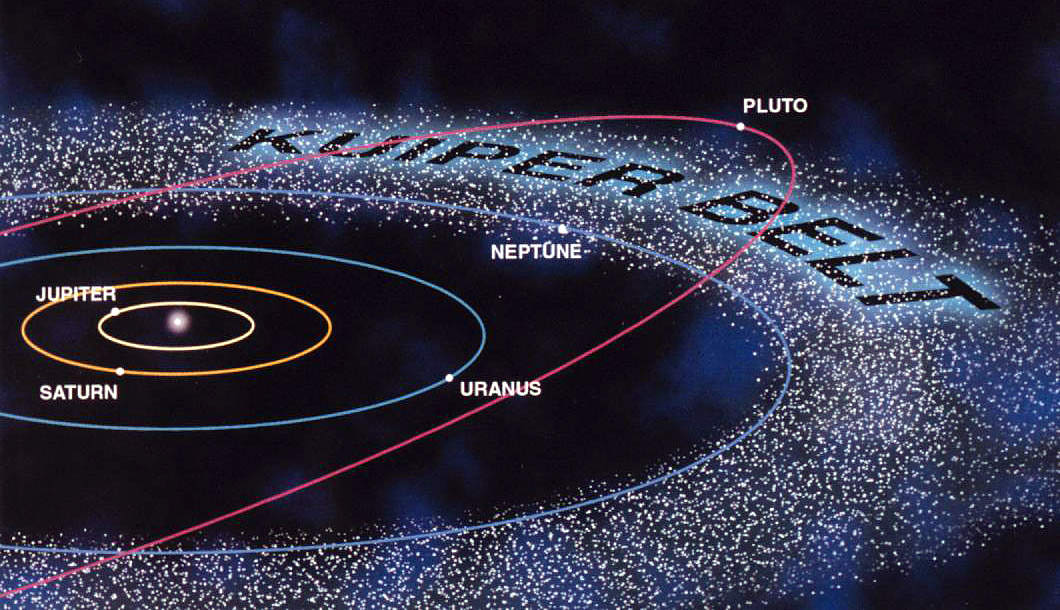

It’s possible that this represents a critical size in planet formation: Planets that reach this size quickly attract thick atmospheres of hydrogen and helium gas, and balloon up into gaseous planets, while planets smaller than this limit are not large enough to hold such an atmosphere and remain primarily rocky, terrestrial bodies. Data from NASA’s Kepler spacecraft showed that planets of a certain size-range are rare – those between 1.5 and 2 times the size (diameter) of Earth, which would place them among the super-Earths. It’s been dubbed the “radius valley,” or the Fulton gap, after Benjamin Fulton, lead author on a paper describing it. Scientists also have noted what seems to be a strange gap in planet sizes. There are also varieties within the size/mass classifications. Size and mass play a crucial role in determining planet types. Since then we’ve discovered thousands more. The first exoplanets were discovered in the early 1990s, but the first exoplanet to burst upon the world stage was 51 Pegasi b, a “hot Jupiter” orbiting a Sun-like star 50 light-years away. The good news: We can look in on them, take their temperatures, taste their atmospheres and, perhaps one day soon, detect signs of life that might be hidden in pixels of light captured from these dim, distant worlds. The bad news: As yet we have no way to reach them, and won’t be leaving footprints on them anytime soon. The bulk of exoplanets found so far are hundreds or thousands of light-years away. It’s about 4 light-years away – more than 25 trillion miles (40 trillion kilometers). Our nearest neighboring star, Proxima Centauri, was found to possess at least one planet – probably a rocky one. We humans have been speculating about such possibilities for thousands of years, but ours is the first generation to know, with certainty, that exoplanets are really out there. And if each of those stars has not just one planet, but, like ours, a whole system of them, then the number of planets in the galaxy is truly astronomical: We’re already heading into the trillions. Its spiraling expanse contains at least 100 billion stars, our Sun among them.

Our galaxy, the Milky Way, is the thick stream of stars that cuts across the sky on the darkest, clearest nights. He also met online with several thousand students from 12 countries, taught a USF course and welcomed more than 60 visitors to the habitat.When we describe different types of exoplanets – planets outside our solar system – what do we mean by "hot Jupiters," "warm Neptunes," and "super-Earths"? Since we're still surveying and learning about the variety of worlds out there among the stars, it's sometimes helpful to refer to characteristics they share with planets we're familiar with in our own planetary system. The project aimed to learn more about how the human body and mind respond to extended exposure to extreme pressure and an isolated environment and was designed to benefit ocean researchers and astronauts on future long-term missions.ĭuring the three months and nine days he spent underwater, Dituri conducted daily daily experiments and measurements to monitor how his body responded to the increase in pressure over time. Unlike a submarine, which uses technology to keep the inside pressure about the same as at the surface, the lodge's interior is set to match the higher pressure found underwater. The Marine Resources Development Foundation, which owns the lodge, will ask Guinness to certify Dituri’s 100-day mark, according to foundation head Ian Koblick.ĭituri's undertaking, dubbed Project Neptune 100, was organized by the foundation. Guinness World Records listed Dituri as the record holder on its website after his 74th day underwater last month. Deep Sea,” is a University of South Florida educator who holds a doctorate in biomedical engineering and is a retired U.S. “It was about extending human tolerance for the underwater world and for an isolated, confined, extreme environment.”ĭituri, who also goes by the moniker “ Dr. “It was never about the record,” Dituri said. The diving explorer and medical researcher shattered the previous mark of 73 days, two hours and 34 minutes set by two Tennessee professors at the same lodge in 2014. Joseph Dituri set a new record for the longest time living underwater without depressurization during his stay at Jules' Undersea Lodge, submerged beneath 30 feet (9.14 meters) of water in a Key Largo lagoon. A university professor who spent 100 days living underwater at a Florida Keys lodge for scuba divers resurfaced Friday and raised his face to the sun for the first time since March 1.ĭr.


 0 kommentar(er)
0 kommentar(er)
